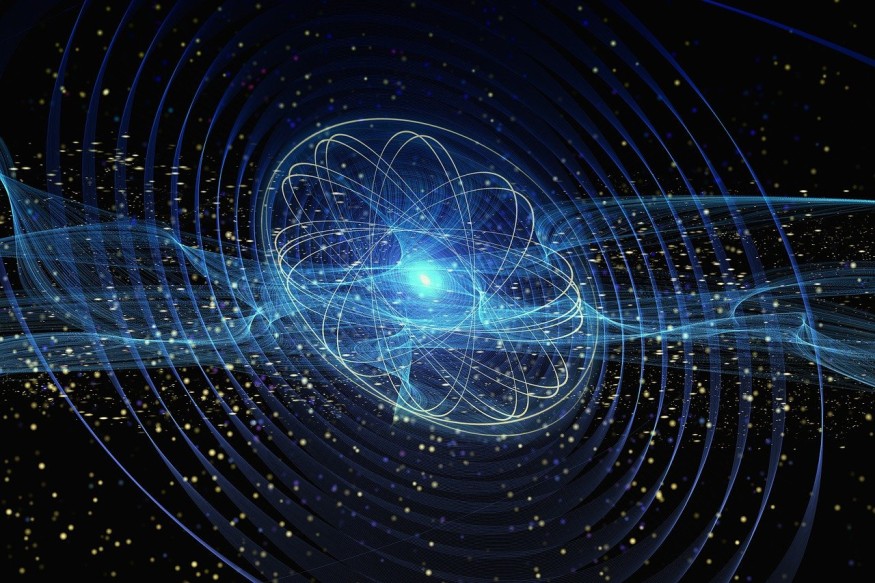The Northwestern University and an international team achieved an astronomical milestone. They devised a new artificial intelligence (AI), called the Bright Transient Survey Bot (BTSbot), and robotic telescopes to detect, classify, and confirm a supernova independently.
This breakthrough eliminates human error and accelerates supernova analysis. The automated system marks a significant leap in astronomical research.

BTSbot Automates Finding Supernova
The new AI tool known as BTSbot is a cutting-edge system trained using a vast dataset comprising over 1.4 million images from nearly 16,000 sources. The dataset encompassed various celestial phenomena, such as supernovae, transient stars, variable stars, and galaxies displaying flare activity.
BTSbot represents a pioneering step in the field of astronomy as it is capable of autonomously conducting the entire process of identifying and classifying exploding stars. This achievement not only enhances the speed and accuracy of the process but also eliminates the possibility of human errors.
According to Northwestern University astronomer Adam Miller, one of the key figures behind BTSbot's development, removing human involvement provides the research team with additional time to analyze their observations and formulate new hypotheses concerning the origins of these cosmic explosions.
For the past six years, human astronomers have spent approximately 2,200 hours meticulously examining and categorizing potential supernovae candidates using the Zwicky Transient Facility (ZTF).
The success of BTSbot is regarded as a significant advancement in the field, and the team anticipates further refinements in models that will enable the AI to categorize specific types of stellar explosions. This breakthrough promises to free up more time for the research team to delve deeper into their findings and develop fresh theories about the enigmatic origins of these cosmic events.
READ ALSO : Artificial Intelligence Developed to Predict, Analyze, and Select Priority Studies for the Next 10 Years
How Did the AI Detect, Classify, and Confirm the Supernova?
The newly developed AI technology achieved a remarkable feat by spotting a potential new supernova, named SN2023tyk. This candidate was initially observed on October 3, thanks to ZTF (Zwicky Transient Facility), a robotic sky-imaging system with a primary mission of identifying supernovae. Just two days later, BTSbot autonomously recognized SN2023tyk as a potential supernova while analyzing real-time data from ZTF.
In the next step, BTSbot independently initiated a request to obtain the candidate's spectrum from the Palomar Observatory. Another robotic telescope, the SED Machine, conducted thorough observations to collect the necessary spectrum data. The collected spectrum was then sent to Caltech's SNIascore for classifying the type of supernova.
The results confirmed that the candidate was a Type Ia supernova, an explosion resulting from a white dwarf star. This important discovery was officially communicated to the astronomical community on October 7.
The introduction of BTSbot is a significant leap forward in streamlining the process of studying supernovae. It enables scientists to enhance their understanding of stellar life cycles and the origins of essential elements produced by supernovae, including carbon, iron, and gold.
Astronomers work alongside robotic systems throughout various steps, from candidate selection to confirmation and spectroscopic measurements. BTSbot's incorporation into this workflow eliminates the need for manual inspections of these candidates, leading to a more efficient and accelerated process.
RELATED ARTICLE: How Artificial Intelligence (AI) Makes Astronomy Faster, More Powerful?
Check out more news and information on Artificial Intelligence in Science Times.












